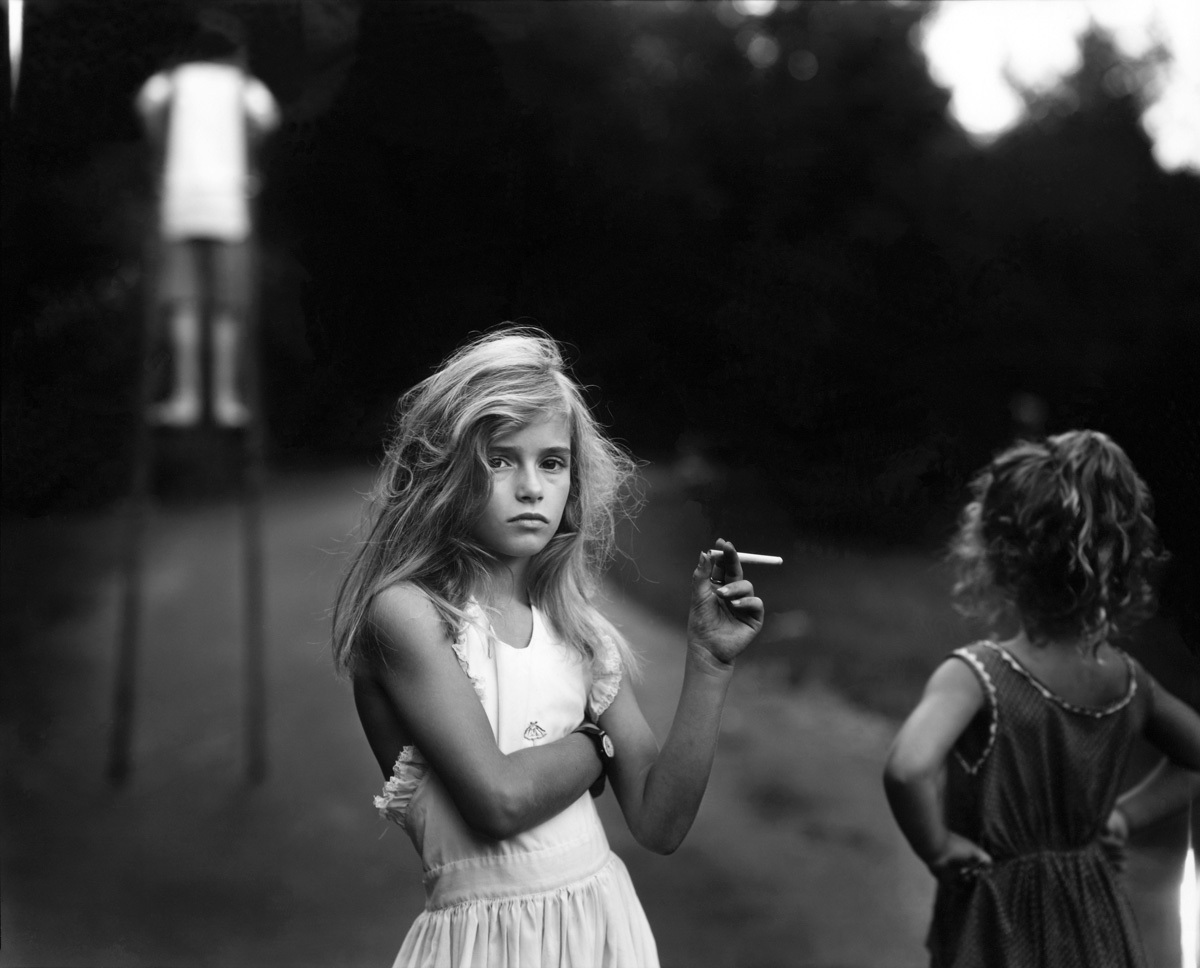Notes for my presentation on Francis Bacon (I ad-libbed a lot of the presentation so the notes were mostly used as jumping off points):
·
Bacon was born in October 1909 in Ireland to
English parents. He lived much of his life in England but also lived and worked
in Paris and Berlin early in his career. He started out as an interior designer
and never went to art school as he felt it taught bad habits. The works of
Picasso were what inspired him to become a painter.
Triptych – August 1972
·
‘This work is generally considered one in a
series of Black Triptychs which followed the suicide of Bacon’s lover, George
Dyer. Dyer appears on the left and Bacon is on the right. The central group is
derived from a photograph of wrestlers by Edward Muybridge, but also suggests a
more sexual encounter. The seated figures and their coupling are set against
black voids and the central flurry has been seen as ‘a life-and-death
struggle’. The artist’s biographer wrote: ‘What death has not already consumed
seeps incontinently out of the figures as their shadows.’
–Tate excerpt
·
The Triptych is from a series informally called ‘The
Black Triptych’s’ – all based around the life and death of George Dyer
·
Bacon met Dyer in late 1963 when he caught him
attempting to burgle his home. The story goes that Dyer fell in through the sky
light of Bacon’s studio.
·
The relationship between the pair was often
rocky. Dyer – a Boxer and sometimes
criminal from the East End often clashed with Bacons friends
·
Dyer died 2 days before the opening of Bacons
exhibition at the Grand Palais in Paris, a huge event where even the president
of Paris attended. October 1971. They were both alcoholics and heavy amounts of
alcohol and an overdose on barbiturate pills were what killed Dyer.
·
Bacon had many relationships after Dyer, but the
death of George haunted his work throughout much of his later career
·
Bacon often used a lot of reference images for
his work and then manipulated and deformed them
·
Wrestlers derived from an Edweard Muybridge
photo
·
Figures of Bacon and Dyer derived from photos by
John Deakin, a close friend of Bacon’s
·
I like how visceral the paintings are. Bacond
often described painting as ‘attacking the canvas’ and the sense of motion
shows this
·
Last month one of Bacon’s triptychs sold at
auction for $142.4 million
Slides:










































